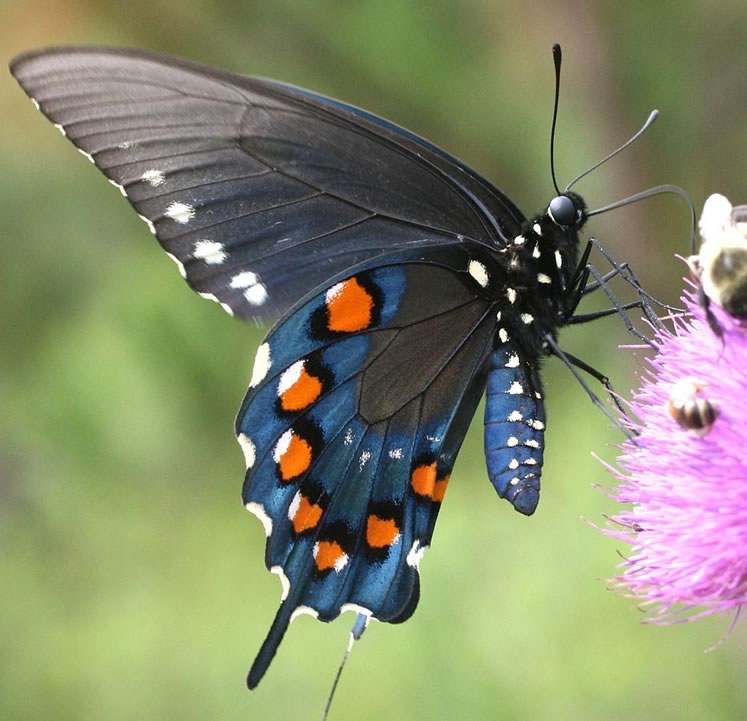Batesian Mimicry
July is prime butterfly season in Headwaters.
Take a look at the first two images below. Both butterflies are beautiful. The one with the white banding is called a white admiral, the other a red-spotted purple. Clearly different species. Or are they?
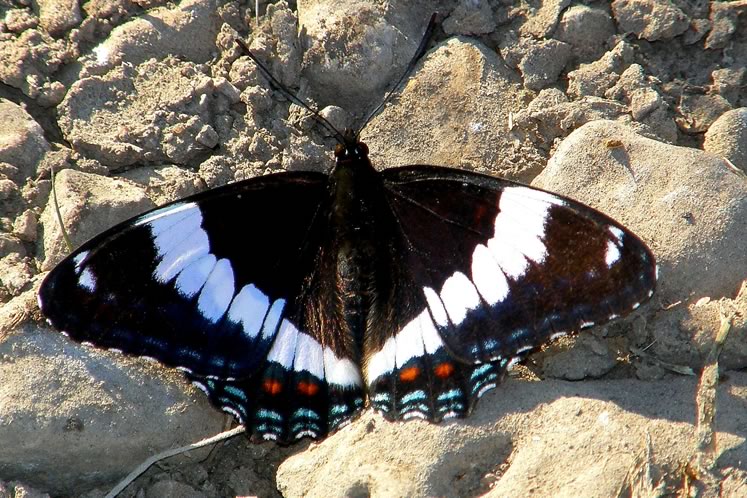
White admiral butterfly. Photo by Don Scallen.
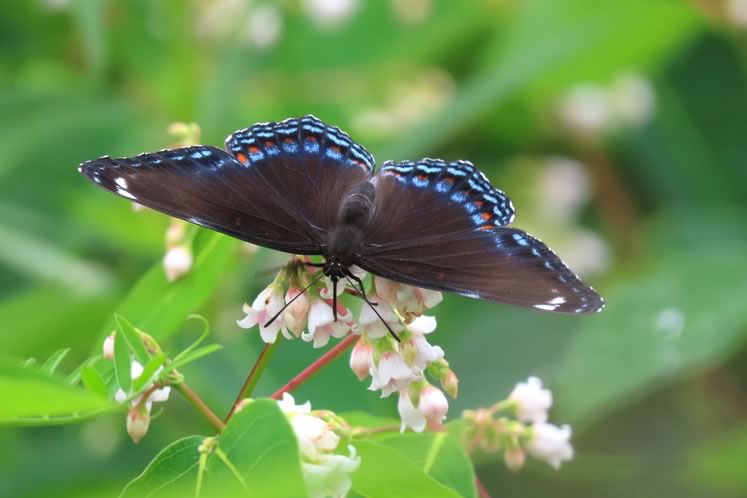
Red-spotted purple butterfly sipping dogbane nectar. Photo by Don Scallen.
Science calls the white admiral Limenitis arthemis arthemis and the red-spotted purple Limenitis arthemis astyanax. The specific name arthemis tells us that these two different looking butterflies are, in fact, the same species, separated only on the subspecies level.
They can mate and often do, producing young that are intermediate in colour and patterning. What gives?
Bear with me a moment. The red-spotted purple is a Batesian mimic while the white admiral isn’t. A Batesian mimic is an animal that benefits from a resemblance to another animal that is toxic or poisonous. With the red-spotted purple this animal is the pipevine swallowtail.
Pipevine swallowtails pack a toxic wallop because they ingest poisons from their food plant, Dutchman’s pipe. Like monarch butterflies, pipevine swallowtails make birds vomit.
Looking like a pipevine swallowtail is a survival enhancer for several species of lepidoptera including red-spotted purples, black swallowtails and promethea moths.
So why didn’t the white admirals adopt the same warning garb? Geography provides the answer. Pipevine swallowtails are a southern species because pipevine, their food plant, does not grow in Canada.
At least it doesn’t grow in the wild. Some homeowners here grow pipevine on trellises and porches. These domesticated pipevines do sometimes lure pipevine swallowtails north of the Great Lakes.
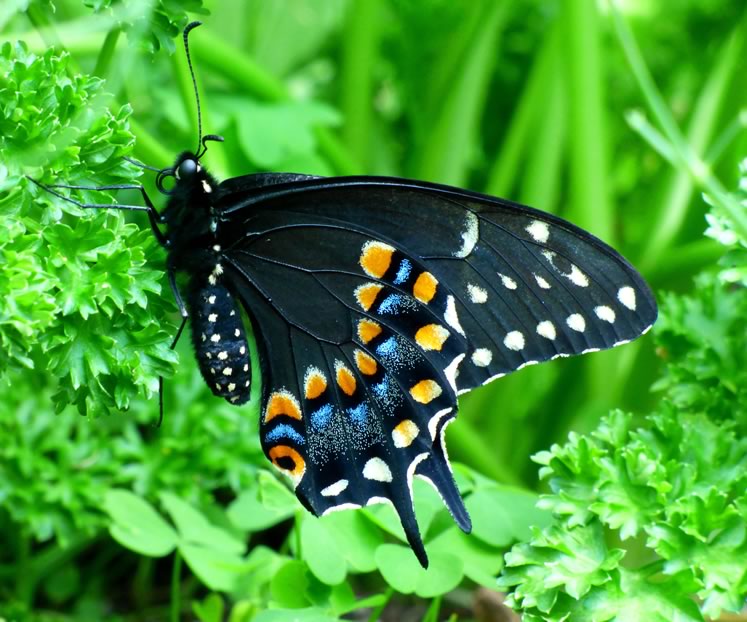
Black swallowtail, another pipevine swallowtail mimic. Photo by Don Scallen.
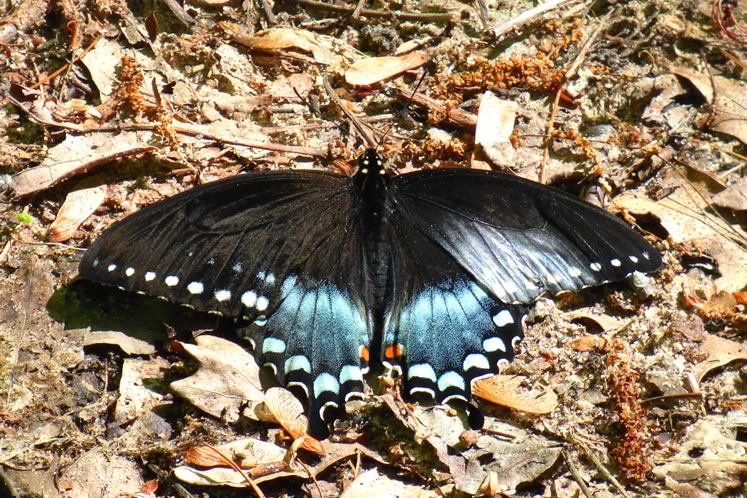
Spicebush swallowtail, another pipevine swallowtail mimic. Photo by Don Scallen.
Getting back to the white admirals, they generally live north of the pipevine swallowtails’ range. Hence there is less benefit to be gained from looking like them. Red-spotted purples are generally distributed southward, so they share most of their range with pipevine swallowtails.
Evolution has been hard at work for millennia, tweaking the attributes of plants and animals to boost their survival prospects. The results are often astonishing.
Related Stories
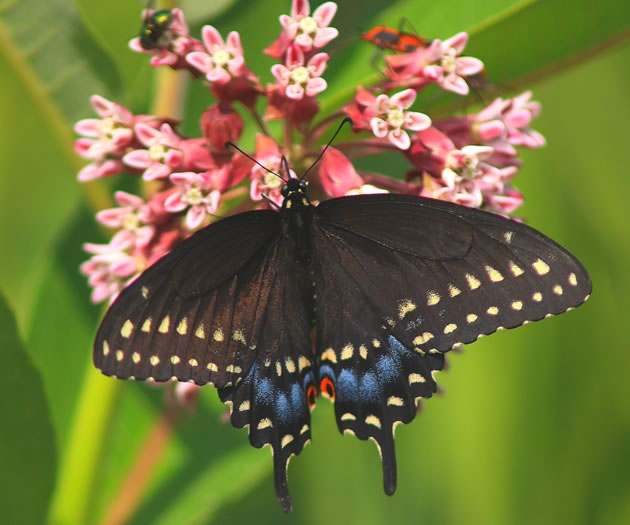
Butterflies
Jul 8, 2015 | | Notes from the WildButterflies are some of the most beautiful and interesting creatures on earth and can be easily attracted to your garden.
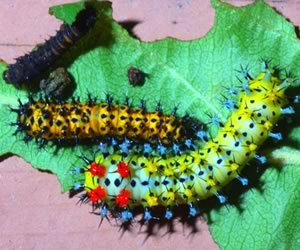
Cecropia Moths Stir Like Phantoms in the Twilight
Jun 5, 2010 | | Notes from the WildCecropia moths: Strange and wonderful phantoms of the twilight world.
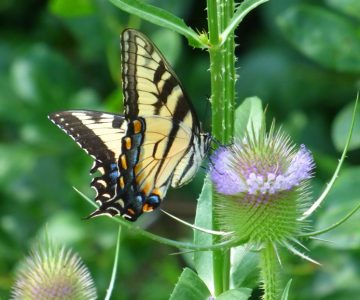
Flight of the Butterfly
Aug 3, 2018 | | Notes from the WildTo the casual observer the flight of a butterfly appears haphazard and inefficient, something like the bobbing of a cork on turbulent waters.
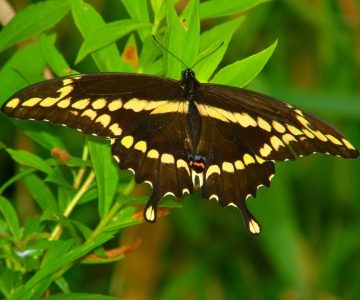
Giant Swallowtail Butterflies
Aug 9, 2012 | | Notes from the WildGiant swallowtail caterpillars are branded as “orange dogs” in the American south because they eat the foliage of citrus crops including orange trees.
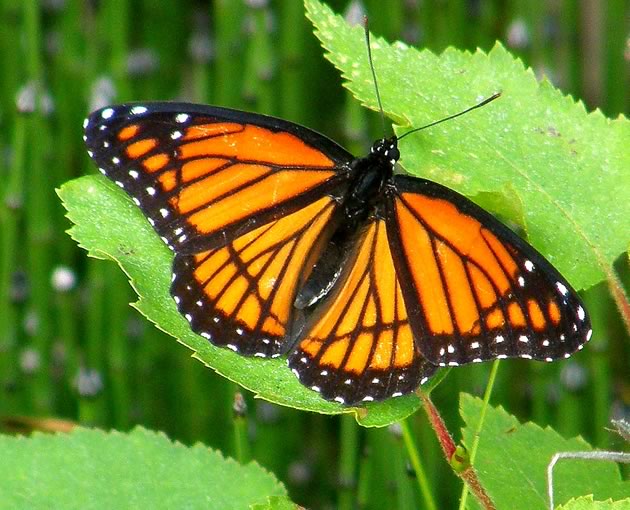
Mimicry
Oct 15, 2012 | | Notes from the WildLike everything in nature, mimicry is complex and nuanced.
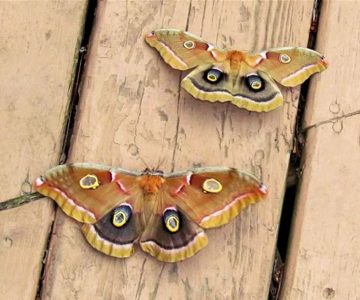
Polyphemus Moths
Jun 24, 2012 | | Notes from the WildMoth communication hints at the wealth of cryptic messaging all around us.
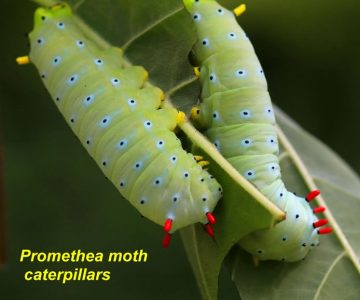
Promethea Moths
Jul 6, 2020 | | Notes from the WildWhile most moths release their pheromones after dusk, promethea moth females are an exception.
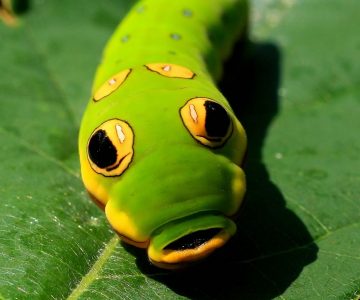
Spicebush Swallowtail Caterpillar
Sep 4, 2018 | | Notes from the WildI’ve written about our remarkable caterpillars before, but so many interesting ones inhabit our hills that another look is warranted.
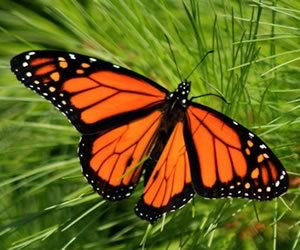
Monarchs: Children of the Sun
Aug 30, 2010 | | Notes from the WildMonarchs are children of the sun. The boldness of Sol this summer has energized their life cycle.
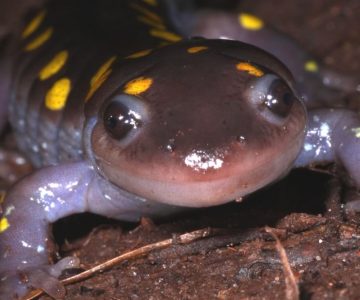
CSI: Natureworld The Case of Burying Beetle Bob
Nov 2, 2018 | | Notes from the WildA CSI probe into Bob’s disappearance has revealed damning evidence linking Sam to the incident!

